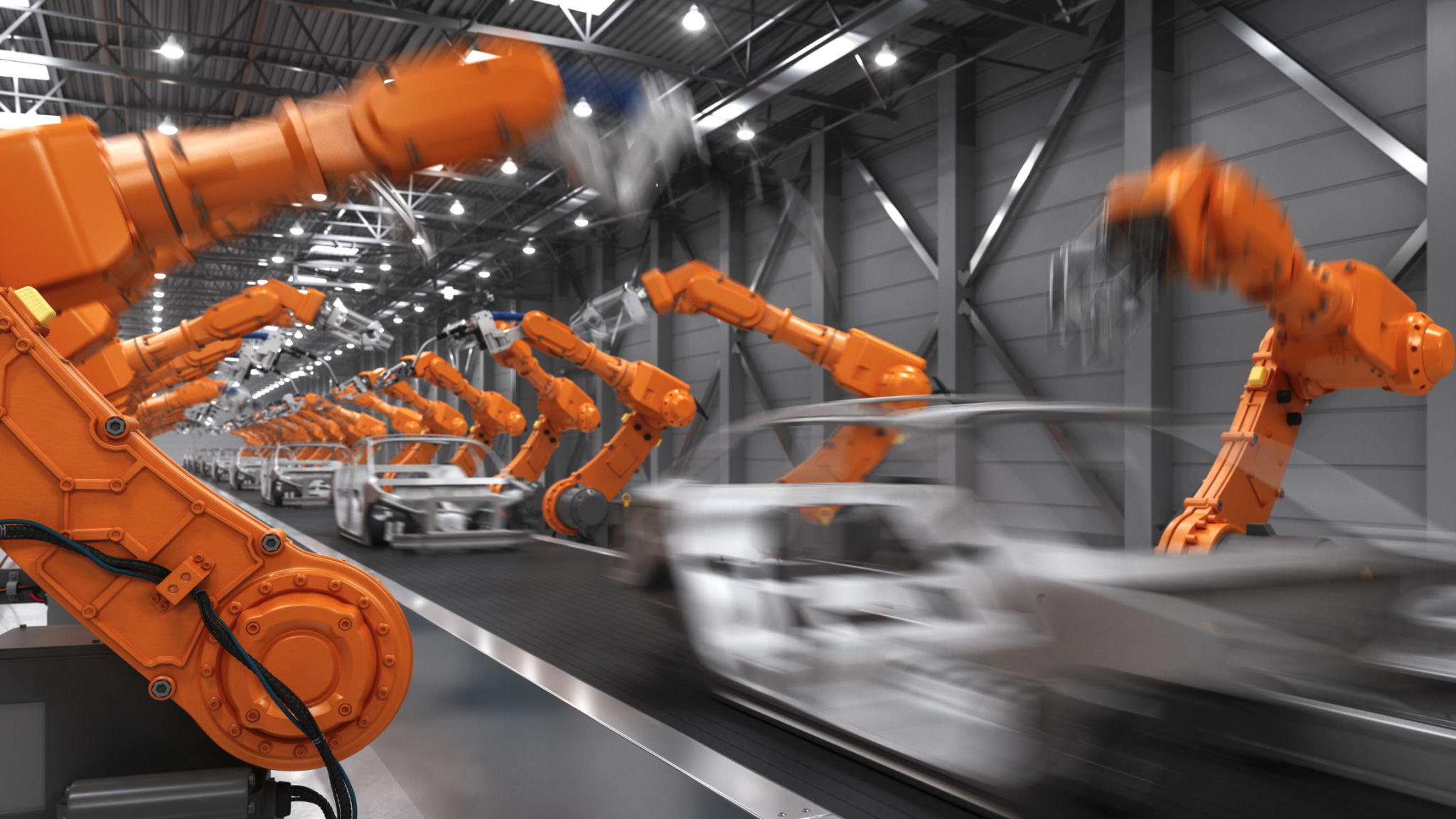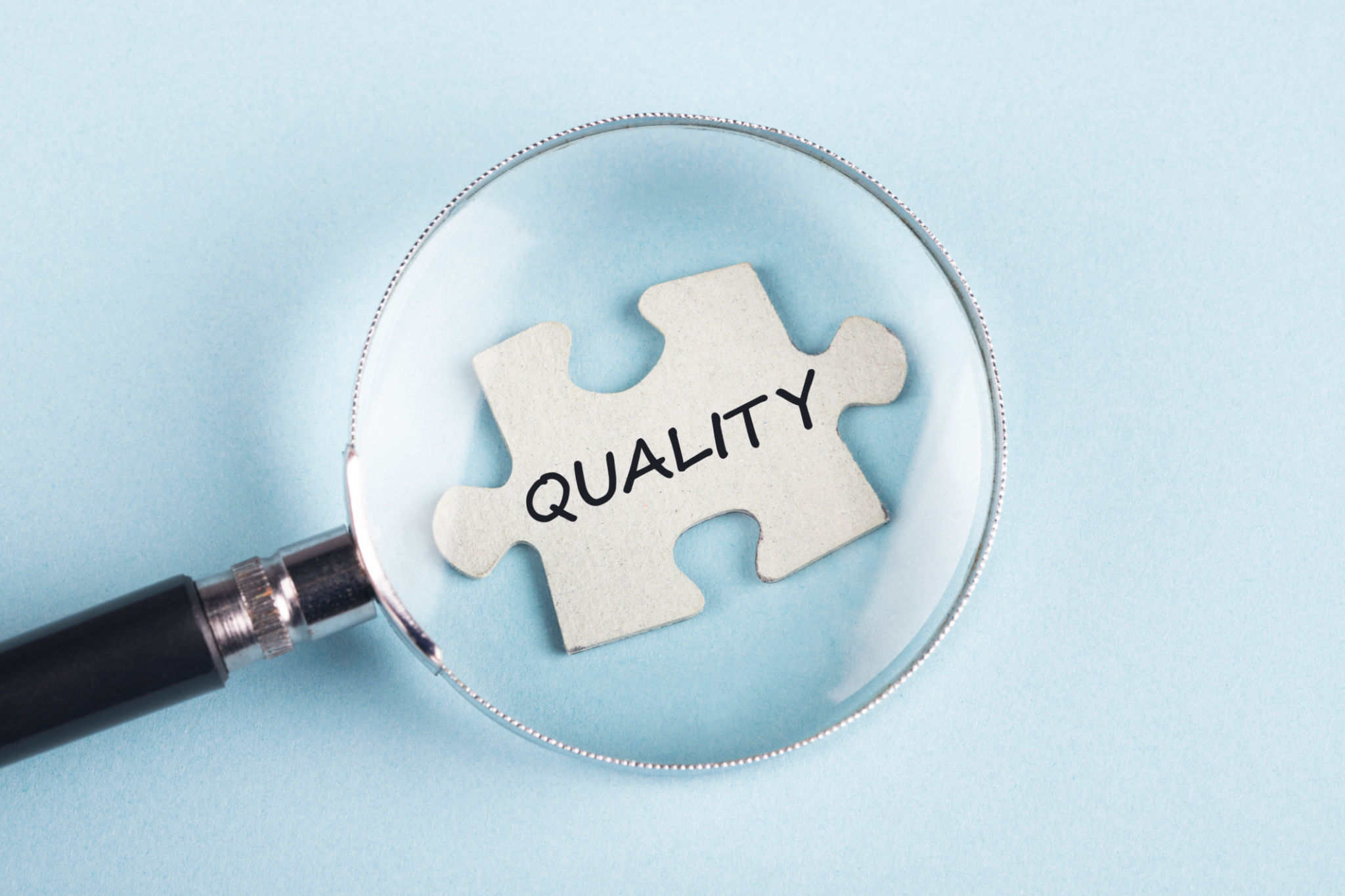Spare Parts vs. Original Equipment: Which is Better for Your Machinery?
Understanding the Basics
When it comes to maintaining and repairing machinery, one of the most crucial decisions you face is choosing between spare parts and original equipment. This decision can significantly impact the performance, longevity, and cost-effectiveness of your machinery. Understanding the difference between these options is essential to make an informed choice.
Original Equipment Manufacturer (OEM) parts are made by the machinery's original manufacturer. They are designed to fit and function exactly like the part being replaced, ensuring optimal performance. On the other hand, spare parts, also known as aftermarket parts, are produced by third-party manufacturers and may offer a similar fit and function at a lower price.

The Advantages of OEM Parts
One of the primary benefits of using OEM parts is their guaranteed compatibility with your machinery. Since they are made by the same company that manufactured the original components, you can expect a precise fit and high-quality performance. This compatibility reduces the risk of malfunctions and extends the lifespan of your equipment.
Additionally, OEM parts typically come with a warranty, providing you with peace of mind and financial protection in case of defects or failures. This warranty can be a significant advantage, especially when dealing with high-value machinery that requires dependable operation.

The Cost-Effectiveness of Spare Parts
While OEM parts offer several benefits, spare parts can be an attractive alternative due to their lower cost. Aftermarket manufacturers often produce these parts at a reduced price, making them a more budget-friendly option for businesses looking to cut expenses without sacrificing functionality.
Moreover, the availability of spare parts is generally higher. Many third-party manufacturers produce these components, which means you might find them more readily available in the market compared to OEM parts. This availability can be crucial when you need a quick replacement to minimize downtime.

Quality Considerations
Quality is an essential factor when choosing between spare parts and OEM parts. While OEM parts are typically associated with high quality, some aftermarket manufacturers have developed a reputation for producing equally reliable components. It's crucial to research and select spare part suppliers known for their quality standards.
It's also important to consider the specific application of the part. In some cases, OEM parts may be necessary for critical components that demand exact specifications to ensure safety and functionality. For non-critical components, high-quality spare parts might suffice.

Making the Right Choice
To decide which option is best for your machinery, consider conducting a thorough cost-benefit analysis. Evaluate factors such as compatibility, warranty, availability, and quality against your budget constraints and operational needs.
Consulting with industry experts or colleagues who have faced similar decisions can provide valuable insights. Additionally, maintaining a balance between cost efficiency and quality assurance is key to optimal machinery performance.
- Assess compatibility and performance requirements
- Check for warranty and support options
- Evaluate supplier reputation and reviews
- Consider the critical nature of the part within the machinery
Conclusion
The choice between spare parts and original equipment depends largely on your specific needs and circumstances. By weighing the advantages of both options, you can make an informed decision that aligns with your operational goals and financial constraints.
Remember that whether you choose OEM or aftermarket parts, regular maintenance and timely replacements are key to ensuring your machinery runs smoothly and efficiently over time.
